Many gardeners enjoy the competition of growing the largest vegetables and flowers - giant vegetables and flowers. It is truly amazing how large some of these giants will grow. I’m not talking about that baseball bat zucchini that hid out under the leaves. I’m talking about 100 pound cabbages and pumpkins that gain 25 pounds in a day. These giants take planning and care.
To seriously compete with the seasoned giant vegetable growers, you’ll need to put considerable effort into your soil, your choice of site and your gardening technique. But to get you started having some fun growing giant sized vegetables, here are 5 easy steps toward success.
Choose the Right Seed
This is the most important step, because some varieties simply grow larger than others. Serious giant growers will often seek out rare seeds to grow. You can start your own giant lineage by selecting a promising variety, like Atlantic Giant Pumpkin or Old Colossus Heirloom Tomato and then saving the seeds from your largest fruits for planting next year. (This only works with open-pollinated varieties, so steer clear of hybrids if you plan to save seeds.)
You may have to do some research on varieties that dependably grow into giants, but the name usually gives it away, like Russian Mammoth Sunflower, that grows upwards of 17 feet tall. Here are a few suggestions to get you started.
Cabbage: Northern Giant Cabbage (100 lbs.)
Carrot: Japanese Imperial Long Carrot (12+ inches long)
Cucumber: Mammoth Zeppelin Cucumber (16 pounds)
Gourd: Giant Long Gourd (120 Inches)
Onion: Kelsae Sweet Giant Onion (One held the world record at over 15 lbs.)
Pepper: Super Heavyweight Hybrid Pepper (½ pound each)
Pumpkin: Atlantic Giant Pumpkin (400 to over 1000 pounds) or
Squash: Show King Giant Green Squash (400+ pounds)
Sunflower: Grey Stripe Giant Sunflower (2 foot heads)
Tomato: Old Colossus Heirloom Tomato (2+ pounds)
Watermelon: Carolina Cross (Giant) Watermelon (200 pounds)
If you’ve had success growing a giant vegetable or flower, let us know what it was.
Give Them a Healthy Start
Beef up the soil your plants will be growing in before you even plant. Spread some manure or compost the fall prior planting. If you’re serious about competing, you should have a complete soil test done and replenish any nutrients and micro-nutrients that might be lacking.
Giant vegetables tend to grow in quick spurts, so they need lots of food. Slow acting organic fertilizers added at planting time will ensure that the food is there when the plant needs it. It will also make for a healthier soil and less pest problems.
And know what type of fertilizer your plant needs. If you’re growing the plant for the fruit, like pumpkins and tomatoes, you’ll want a fertilizer that’s high in potassium and phosphorous, the last two numbers on the package. If you’re growing a leafy vegetable, like cabbage, you’ll want a higher nitrogen number.
Water
Giant vegetables won’t be as tolerant of sporadic watering as the common garden vegetable would be - and even the common vegetable is touchy about not getting its one-inch per week. You have to provide regular deep waterings or your fruits will either languish or split. I recommend using drip irrigation on a timer that compensates for rain, so there are no slip-ups. Because as much as your plants need regular water, they don’t want to sit in wet soil.
Thin to Just the Best Fruits
The more fruits on your plants, the smaller they will be. If they have to compete for nutrients, they’re never going to be giants. So prune or pinch out all but about three of the largest, healthiest looking fruits. Later in the season, you might want to thin down to just one, but keep a couple of extras at the beginning for insurance.
Don’t worry about too much foliage. The foliage is what will be feeding the fruits and helping them grow larger.
Keep Close Watch for Problems
Pests, diseases and cultural problems can move in quickly and ruin an entire crop, especially when there are only a handful of fruits to begin with. Check your plants daily and correct any problems immediately. Try and remove problems by hand, since using chemicals can disrupt the plant too. Hopefully since you’ve given your plants every advantage, problems will be few.
Now comes the hard part. You have to be patient. Look but don’t touch. Too much fussing with your plants is as bad as too little. Let them do what they do and just enjoy watching them grow.
If you find yourself addicted to growing giant vegetables, talk with the competitors at your local county fair. Some will be coy, but many are very open and generous with their knowledge. They’ll know who has the best seed and will be happy to discuss technique with you. There may even be a regional Giant Vegetable Growers organization in your area.
For a humorous, but very informative peek into growing giant pumpkins, I recommend the book Backyard Giants - The Quest to Grow the Biggest Pumpkin Ever, by Susan Warren. Ms. Warren follows competitors through an entire growing season and gives us plenty of tips along the way.



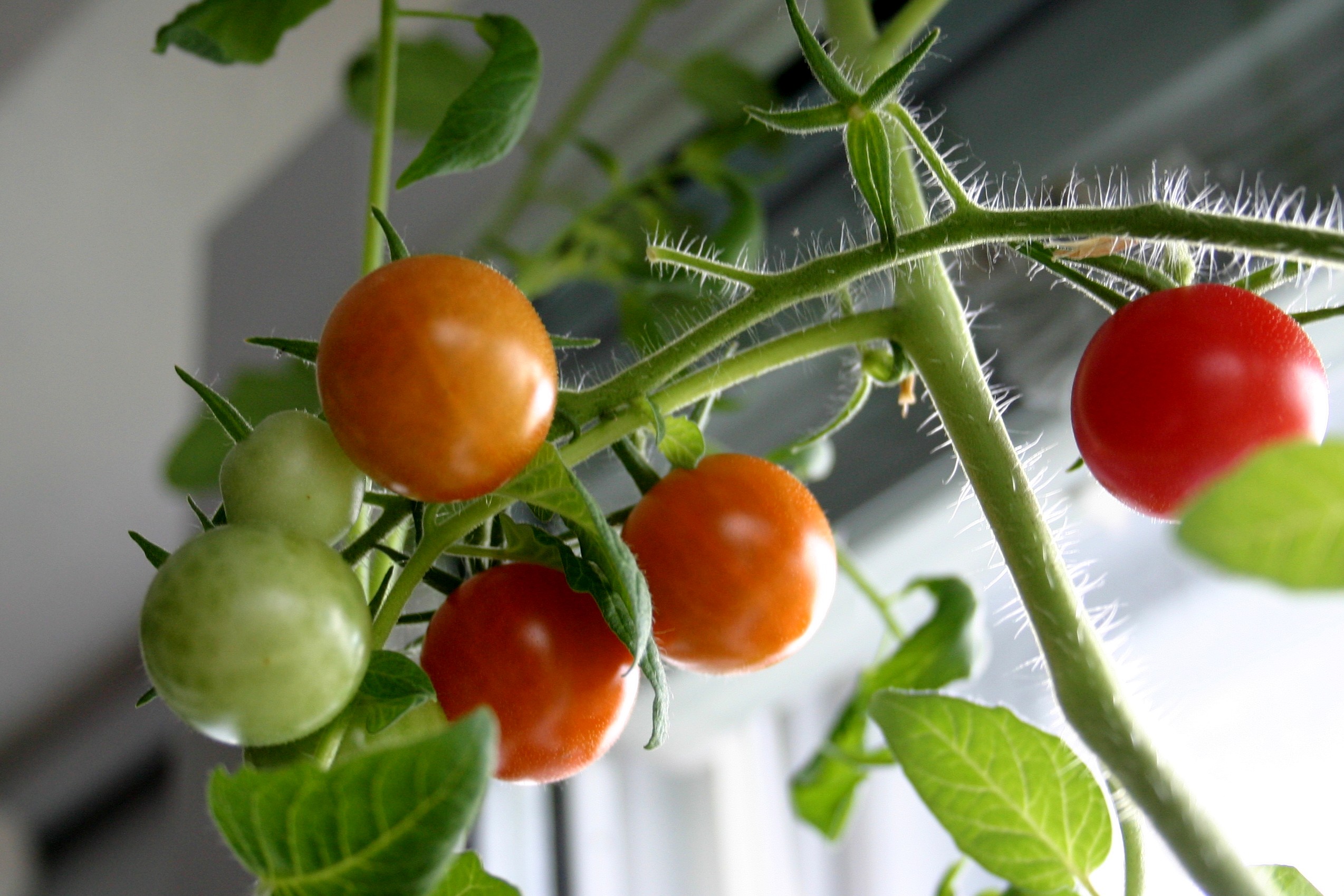
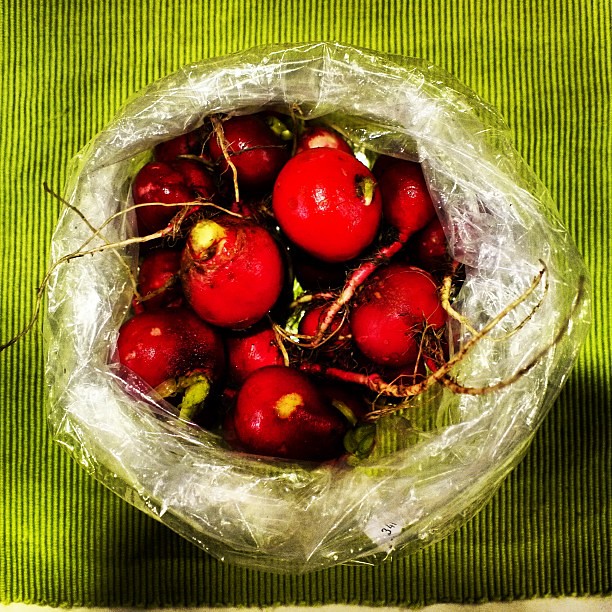

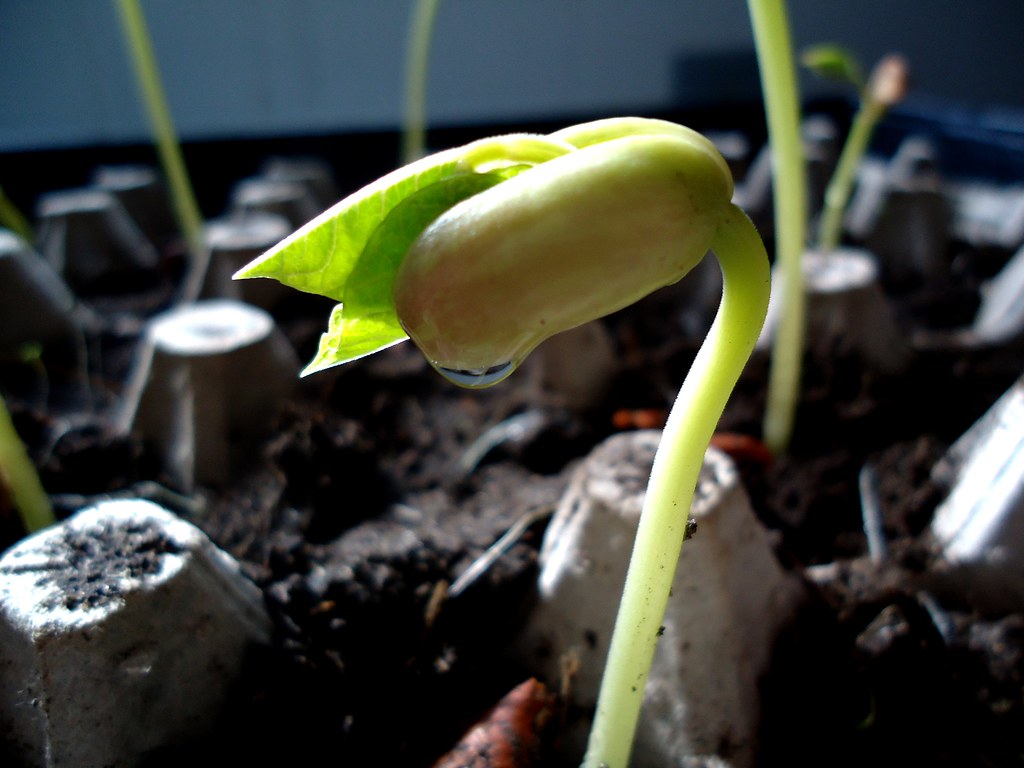
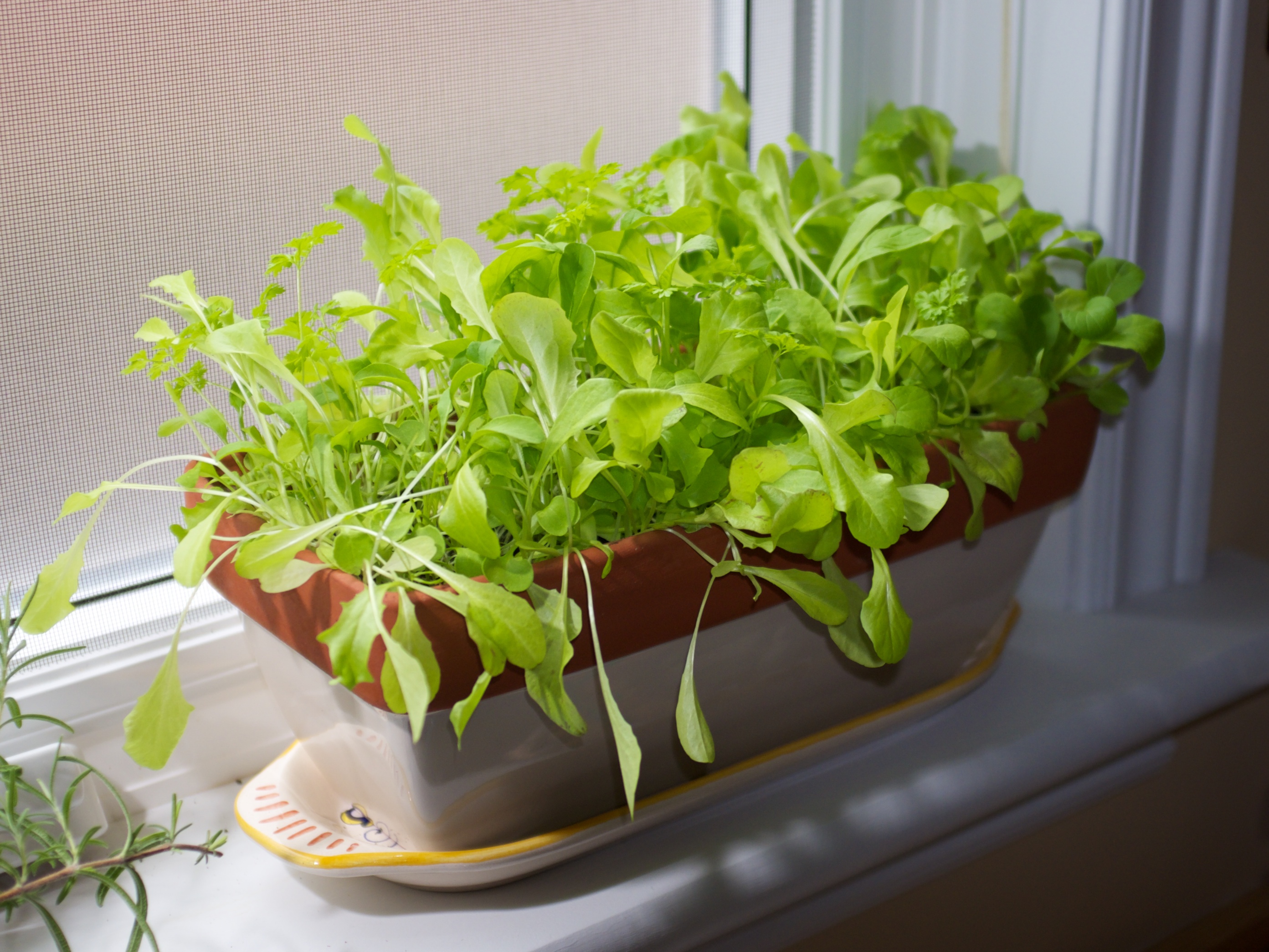







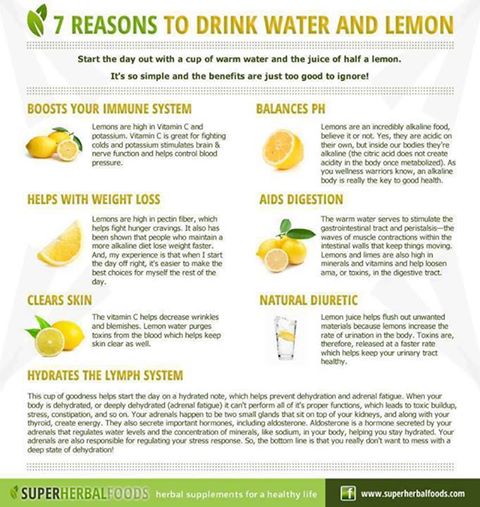

 , recent studies show that spinal manipulative therapy performed by a chiropractor, along with exercise, relieve neck pain more effectively than medication.
, recent studies show that spinal manipulative therapy performed by a chiropractor, along with exercise, relieve neck pain more effectively than medication.